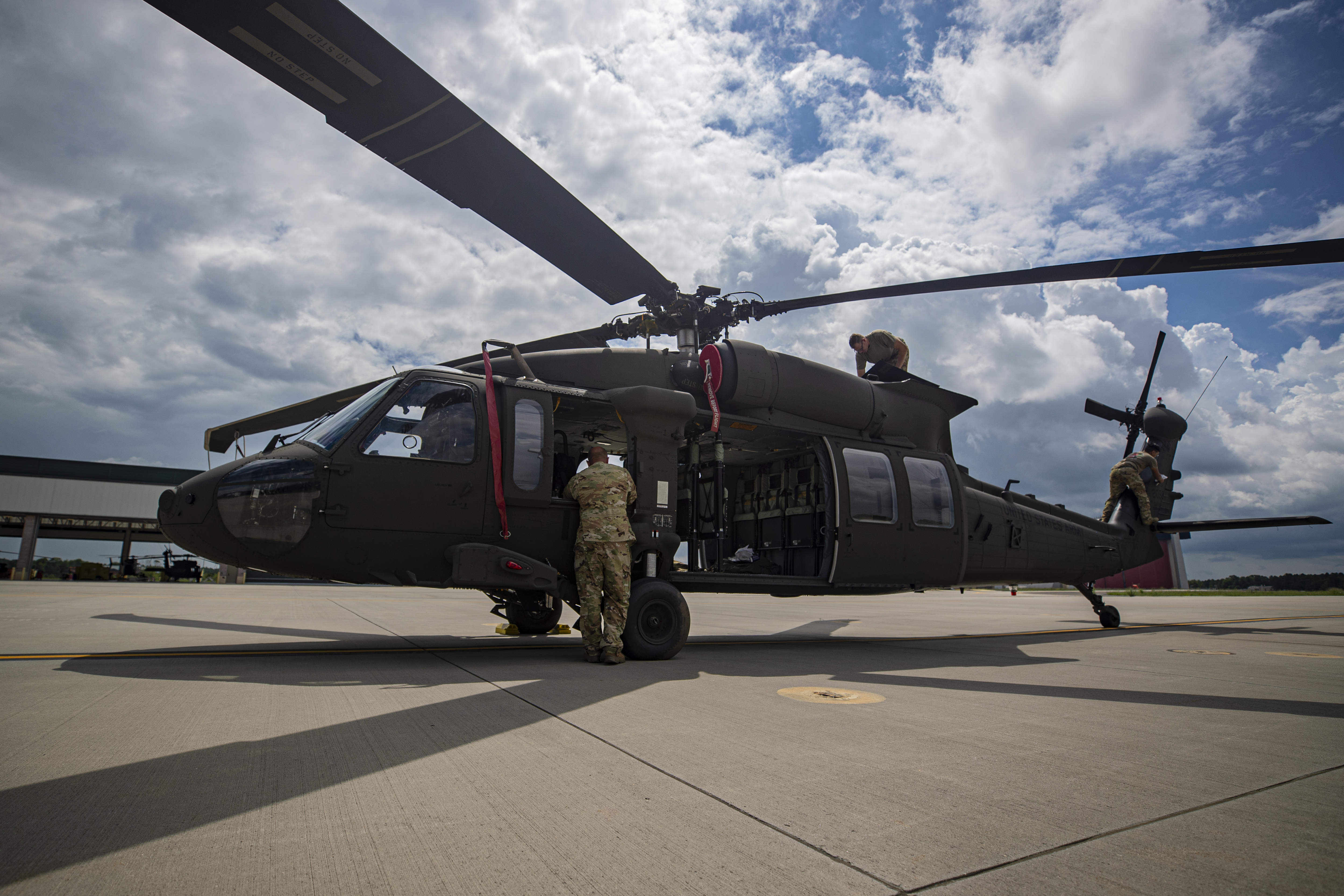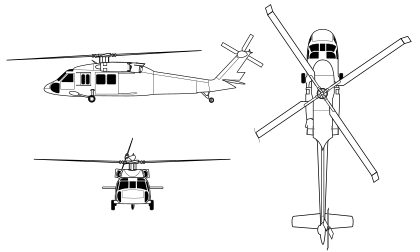A Comprehensive Overview to the Upkeep and Treatment of Airplane for Long Life
The longevity of an airplane pivots significantly on its maintenance and care, necessitating an organized technique to make sure ideal efficiency and security. Routine assessments, combined with an organized upkeep program, act as important parts in recognizing prospective problems before they intensify. Furthermore, the condition of the aircraft's interior and adherence to regulative standards play pivotal roles in preserving its worth. Recognizing the intricacies of these methods can be complex; consequently, it is necessary to check out the vital components that contribute to effective airplane treatment and the ramifications of neglecting these duties.
Significance of Routine Upkeep
Regular upkeep is important for the safety and security, performance, and durability of airplane. An organized technique to maintenance makes sure that all parts operate efficiently, therefore decreasing the danger of mechanical failing throughout operation. Regular inspections and servicing allow service technicians to identify potential concerns before they escalate into substantial troubles, guaranteeing that the aircraft continues to be in compliance with air travel regulations.
Moreover, maintaining an aircraft according to the maker's standards is essential for protecting its worth. A well-documented upkeep background can enhance resale leads and impart confidence in prospective purchasers. In addition, routine upkeep adds to functional performance, as it helps to optimize gas intake and efficiency metrics, leading to cost savings gradually.
Additionally, regular maintenance adds to the overall security of flight procedures (uh 60). By resolving wear and tear quickly, operators can mitigate risks related to aging aircraft systems. This proactive technique not just shields the lives of guests and crew but also safeguards the aircraft itself against catastrophic failings

Daily Examination List
Exactly how can pilots and maintenance crews make certain the aircraft is in optimal problem prior to each flight? The solution depends on a detailed everyday assessment checklist, which functions as an important protocol to recognize prospective concerns that can jeopardize safety and security and efficiency. This list needs to encompass numerous key locations, including outside and interior assessments, along with useful checks of important systems.
Beginning with the exterior, teams ought to assess the airframe for any kind of noticeable damage, leakages, or indicators of rust. Attention needs to be paid to control surfaces, touchdown gear, and the condition of tires. Relocating to the inside, the staff ought to validate that all controls and instruments are operational, making certain that digital systems are operating appropriately.

Along with structural checks, it is important to examine fuel degrees and validate that all required papers, including enrollment and weight and balance info, are up to date. Lastly, a testimonial of emergency devices, consisting of life vests and fire extinguishers, should be carried out to ensure compliance with safety regulations. By diligently following this day-to-day inspection list, pilots and maintenance crews can dramatically enhance the safety and dependability of their aircraft.
Scheduled Upkeep Programs
Arranged maintenance programs are crucial for the long-lasting safety and effectiveness of aircraft operations. These programs are made to make certain that all aircraft components go through regular assessments, maintenance, and required fixings at established periods. By adhering to an organized maintenance timetable, drivers can considerably lower the risk of in-flight failings, enhance airplane dependability, and extend the life-span of critical parts.
Usually, set up upkeep is classified into different degrees, consisting of A, C, b, and d checks, each with distinct requirements and thoroughness. A checks are typically extra frequent and focus on standard minor repair work and visual evaluations, while D checks are more thorough and happen much less often, entailing comprehensive disassembly and overhaul of the airplane.
Regulatory bodies, such as the FAA and EASA, mandate conformity with details upkeep schedules based upon aircraft kind and usage. Operators must maintain precise records of all maintenance done to show compliance and promote assessments. The integration of predictive upkeep technologies can additionally boost the performance of scheduled programs by recognizing possible issues before they intensify, thus guaranteeing that aircraft remain in optimum problem and all set for secure procedures.
Take Care Of Airplane Interiors
Taking care of aircraft interiors is crucial not only for traveler comfort however also for keeping the total value and safety and security of the aircraft. Normal cleansing and upkeep of the interior parts add significantly to a positive flying experience while preserving the airplane's visual appeal.
To make sure optimal treatment, it is crucial to develop a routine cleaning schedule that includes vacuuming carpetings, wiping down surfaces, and disinfecting high-touch areas. Upholstery and seating should be evaluated for damage, with check my site any kind of damages immediately resolved to stop additional damage. Additionally, attention must be provided to the galley and lavatory locations, which need extensive cleaning and restocking of materials to maintain health.
In addition, using suitable cleaning representatives is important; severe chemicals can damage finishes and materials, so it is suggested to utilize items specifically developed for aircraft interiors. Routine inspections must also be carried out to identify any upkeep requires, such as replacing worn-out seat covers or fixing window tones. By focusing on the treatment of airplane interiors, operators read here can boost the overall traveler experience and secure the investment in their airplane.
Understanding Regulative Conformity
Regulatory conformity is an important aspect of aircraft upkeep, often needing drivers to stick to a complex framework of local, national, and worldwide criteria. This structure is primarily developed by air travel regulative bodies such as the Federal Aviation Administration (FAA) in the USA and the European Union Aeronautics Safety Agency (EASA) in Europe - uh 60. These companies establish forth regulations that regulate different elements of aircraft maintenance, consisting of airworthiness, safety protocols, and operational procedures

Additionally, operators must remain educated concerning changes in regulations and take part in training programs to guarantee that their team is knowledgeable regarding conformity requirements. Failure to comply with these regulations can cause extreme fines, consisting of fines, grounding of airplane, or loss of accreditation. Therefore, understanding and sticking to regulatory compliance is paramount for the long life and safety of airplane operations.
Verdict
To conclude, the maintenance and treatment of airplane are paramount for making sure longevity, security, and operational effectiveness (uh 60). Routine evaluations, adherence to daily lists, and systematic maintenance programs promote the early recognition of possible problems. Moreover, focus to the airplane's interior and compliance with governing standards significantly add to preserving its worth. By carrying out these techniques, operators can improve the general experience for travelers while safeguarding the investment in air travel properties.
The longevity of an aircraft pivots considerably on its maintenance wikipedia reference and care, demanding a structured strategy to ensure ideal efficiency and safety and security. By faithfully following this daily evaluation list, pilots and upkeep staffs can dramatically boost the safety and security and integrity of their airplane.
These programs are designed to ensure that all aircraft parts undertake normal inspections, maintenance, and essential fixings at fixed periods. By focusing on the care of aircraft insides, drivers can boost the total traveler experience and secure the investment in their aircraft.
In conclusion, the maintenance and care of airplane are critical for guaranteeing longevity, safety and security, and functional effectiveness.